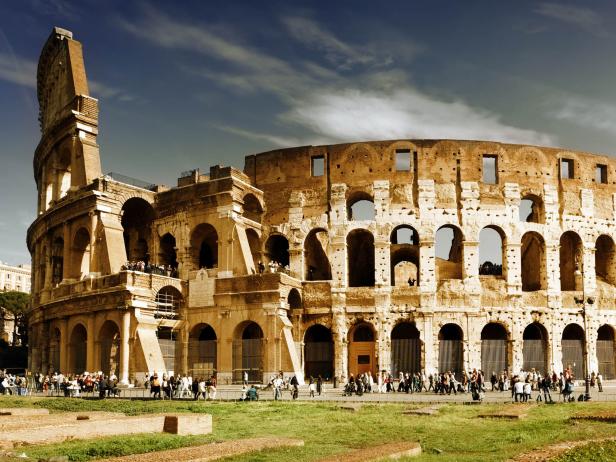A desert is a barren area of land where little precipitation occurs and consequently living conditions are hostile for plant and animal life. About one third of the land surface of the world is arid or semi-arid. This includes much of the polar regions where little precipitation occurs and which are sometimes called polar deserts or "cold deserts". The
deserts found on Earth are extremely diverse, each unique in their own way. The
dunes of the Saharan Desert, the icy tundra of Antarctica, and the Pacific
coastline of the Atacama Desert are all deserts.
There are
four different types of deserts based upon their geographic situation:
1. Polar
deserts (Ex: Arctic & Antarctic)
2. Subtropical
deserts (Ex: Sahara, Kalahari, Arabian, Great Victoria etc.)
3. Cold
winter deserts (Ex: Great Basin, Gobi etc.)
4. Cool
coastal deserts (Ex: Namib, Atacama)
The
largest deserts in the world are polar deserts. The Antarctic Polar Desert is
the largest and covers the continent of Antarctica and has a size of about 5.5
million square miles. The
second-largest desert is the Arctic Polar Desert. It has a surface area of
about 5.4 million square miles.
Sahara is
the third largest desert overall, and the largest “hot desert” in the world.
This desert comprises most of the land in North Africa. The
Arabian Desert is situated on the Arabian peninsula, and makes up parts of
Iraq, Jordan, Kuwait, Oman, Qatar, Saudi Arabia, the United Arab Emirates, and
Yemen. Both the
Sahara and Arabian Deserts are known for their sand and sand dunes. The center
of Arabian Desert, Rub ’al-Khali, the “Empty Quarter”, forms the largest
continuous body of sand in the world.
The Gobi
is termed as a “rain shadow desert”, as it is in the lee-ward side of the
Himalaya ranges which block the rain (“rain shadow”), keeping clouds from the
Indian Ocean from reaching Gobi. Most of the Gobi’s surface is not sandy, but
rather exposed, bare rock. It is a cold desert and snow occasionally will
accumulate on its dunes. Kalahari
is a vast, semi-arid savanna in southern Africa. It happens to get
significantly more rainfall and support more diverse life than its
counterparts.
List of Deserts
their types and Location (Country, Continent)
Name
|
Type of
Desert
|
Location
|
Antarctic
|
Polar
|
Antarctica
|
Arctic
|
Polar
|
Alaska, Canada, Greenland, Iceland, Norway,
Sweden, Finland, Russia |
Sahara
|
Subtropical
|
Northern Africa
|
Arabian
|
Subtropical
|
Arabian Peninsula
|
Gobi
|
Cold Winter
|
China and Mongolia
|
Patagonian
|
Cold Winter
|
Argentina
|
Great Victoria
|
Subtropical
|
Australia
|
Kalahari
|
Subtropical
|
South Africa, Botswana, Namibia
|
Great Basin
|
Cold Winter
|
United States
|
Syrian
|
Subtropical
|
Syria, Iraq, Jordan, Saudi Arabia
|
Chihuahuan
|
Subtropical
|
Mexico
|
Great Sandy
|
Subtropical
|
Australia
|
Kara-Kum
|
Cold Winter
|
Uzbekistan, Turkmenistan
|
Colorado Plateau
|
Cold Winter
|
United States
|
Gibson
|
Subtropical
|
Australia
|
Sonoran
|
Subtropical
|
United States, Mexico
|
Kyzyl-Kum
|
Cold Winter
|
Uzbekistan, Turkmenistan, Kazakhstan
|
Taklamakan
|
Cold Winter
|
China
|
Iranian
|
Cold Winter
|
Iran
|
Thar
|
Subtropical
|
India, Pakistan
|
Simpson
|
Subtropical
|
Australia
|
Mojave
|
Subtropical
|
United States
|
Atacama
|
Cool Coastal
|
Chile
|
Namib
|
Cool Coastal
|
Angola, Namibia, South Africa
|
Source: G K Planet







































